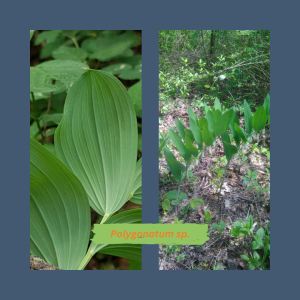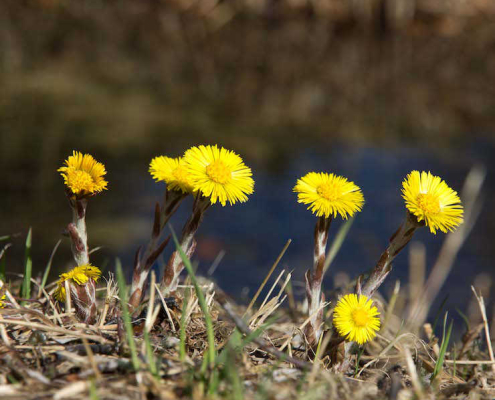The Tree of the Year 2023: The Bog Birch (or Downy Birch)
Birches in Central Europe
In Central Europe, there are four native species of birch. Three of them prefer moorland habitats: the dwarf birch (Betula nana), the shrub birch (Betula humilis), and the bog birch (Betula pubescens), also known as downy birch. The fourth species, the silver birch (Betula pendula), in contrast to its sisters, is particularly drought-resistant and thus widespread in other locations. In 2023, the bog birch was chosen as the Tree of the Year. But why?
Bog Birch
The bog birch is a pioneer that can quickly colonize treeless, raw soils. It prefers cold and marshy locations, as well as plenty of light. Under the shelter of its sparse leaf canopy, future tree species in the forest can grow, and due to its short life span, it gives way to established species after about 100 years. However, in high moors, at the tree line in the Alps, or on talus slopes in the mountains, one can find bog birches that permanently populate these sites, not just as initial colonizers. These habitats are characterized by a vast biodiversity, hosting beetle, cicada, bug, wasp, and butterfly species specialized in bog birches and bog birch forests. Additionally, various birch fungi and mushroom species symbiotically associate with bog birches.
Tree of the Year
Every year in Germany, the “Tree of the Year – Dr. Silvius Wodarz Foundation” designates a specific tree species as the “Tree of the Year.” This proclamation aims to generate a particular interest in the selected tree species, trees in general, and the concerns of nature and environmental protection. The bog birch was chosen as the Tree of the Year to raise awareness about the decline of bogs. Over 90 percent of the original bog areas in Germany have already been drained, mainly to gain agricultural land. Original bog birch forests are therefore considered highly endangered and are now legally protected nationwide.
A New Badge for You!
If you identify a bog birch using the Flora Incognita app this year, you will be rewarded with the “Tree of the Year 2023” badge!
This article was featured as a story in the Flora-Incognita app in autumn 2023. The app provides fascinating information about plants, ecology, species identification, as well as tips and tricks for plant identification. Feel free to explore!




























